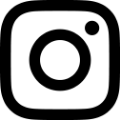ELECTRONICS MATERIALS
Application of Solder Resist
Coating Methods
There are three main coating methods of solder resist application:
Screen Print
A method of transparent printing whereby a fabric cloth (the screen) is placed on top of the board and solder resist applied to the screen is printed onto the board by applying pressure using a rubber board known as a "squeegee".
Spray Coat
A method whereby solder resist that has been adjusted to a viscosity suitable for coating is atomized using a spray gun and sprayed onto the board to produce a membrane. Various methods exist, including airless spraying, air spraying, and rotational bell spraying.
Curtain Coat
A method in which low-viscosity solder resist is dropped in a curtain and boards are passed through it, covering the entire surface of the board in solder resist.
Uses of Solder Resist
There are several types of solder resist, but currently the most commonly used types are, photoimageable (PI) solder resist and particularly alkaline developable solder resist, which was first developed by Taiyo Group.
When using photoimageable solder resist, the solder resist pattern is created by washing away unnecessary parts using developer after solder resist has been applied to the entire surface of the board and exposed to light under the process described below (photolithography).
Photoimageable Solder Resist Pattern Formation Process (Photolithography)
-
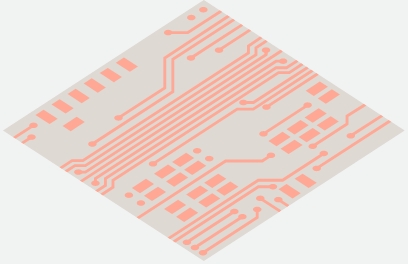
-
Before Solder Resist Coating
Copper circuit pattern formed.
-
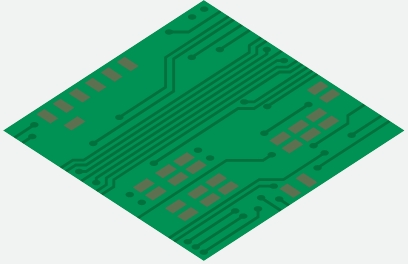
-
1. Printing (Coating)
Solder resist is applied to the entire surface.
2. Pre-cure
Heated at 80°C for 20 to 30 minutes and dried to a tack-free finish.
-
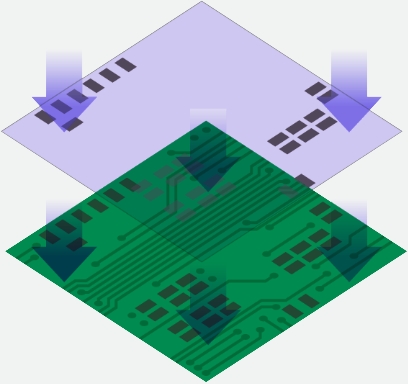
-
3. Exposure
・Exposed to UV light through negative film.
・Areas that have been exposed to UV light are cured.
-
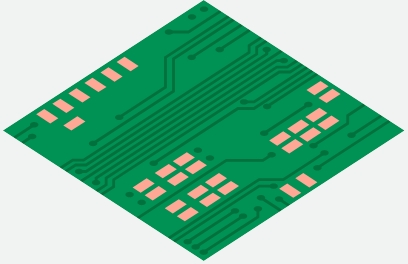
-
4. Development
・Uncured areas are washed away using developer.(rare alkaline aqueous solution)
5. Post-cure
・Heated at 150°C for 50 to 60 minutes and cured.
・Solder resist pattern formation completed.

